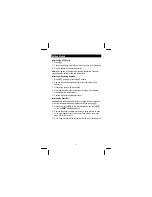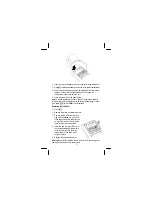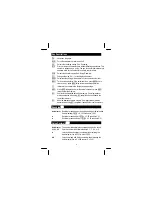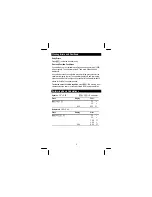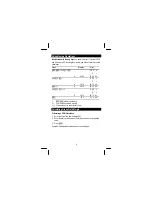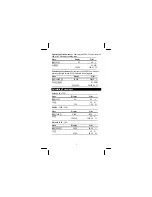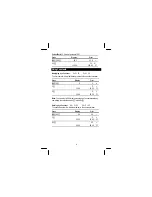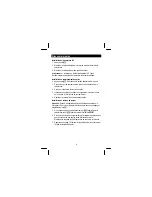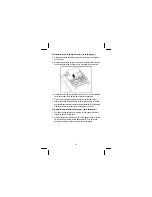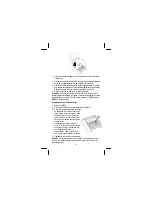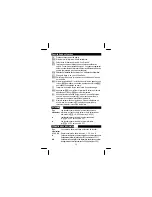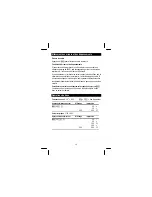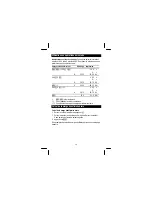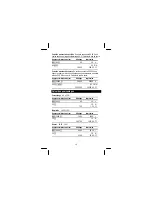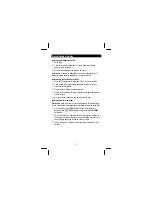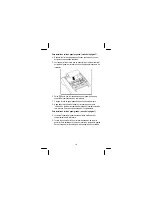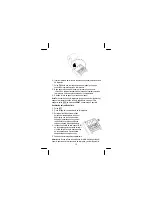
4
Key Descriptions
&
Advances the paper.
S
Turns the calculator’s printer on and off.
R
Selects the rounding setting. See “Rounding.”
/
Prints a reference number or date without affecting calculations. This
number is preceded by a # sign. You can also enter decimal points to
separate parts of the number; for example, to print a date.
Q
Selects the decimal setting. See “Using Decimals.”
!
Changes the sign (
+
or
–
) of the displayed number.
#
Calculates the selling price and profit or loss amount on an item.
G
Turns on the calculator. If the calculator is on, press
G
once to
clear an entry; press
G
twice to clear a pending operation.
>
Interprets the number in the display as a percentage.
U
Press
U
to display and print the value in memory; press
U
twice to clear the memory.
F
Subtracts the displayed value from memory. If a multiplication or
division operation is pending,
F
completes it and subtracts the
result from memory.
N
Adds the displayed value to memory. If a multiplication or division
operation is pending,
N
completes it and adds the result to memory.
Rounding
R
No indicator
Results are rounded up or down, depending on the value and
decimal setting (if
Q
=
2
, 2.349 rounds to 2.35).
9
Results are rounded up (if
Q
= 1
, 2.33 rounds to 2.4).
:
Results are rounded down (if
Q
= 1
, 2.33 rounds to 2.3).
Using Decimals
Q
No indicator
The number of decimal places varies based on the result.
0,1,2,3,4,6
Sets the number of decimal places to 0, 1, 2, 3, 4, or 6.
A
Lets you add and subtract numbers without entering the
decimal point (key in 5321 to enter 53.21).
A
II
Lets you multiply and divide numbers without entering the
decimal point (key in 3 x 250 to enter 3 x 2.50).


